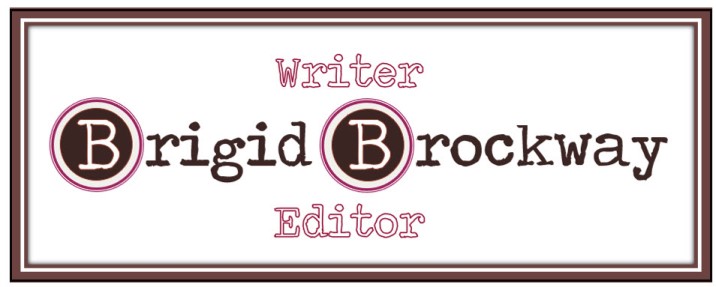Look, I've been a Clevelander long enough to know how these debates go and I'm just gonna drop some facts here for you to pick up if you want 'em, and then I'm going to bar my door and pray the mob with the pitch forks doesn't find me.
So there are some fairy tales Clevelanders grow up believing, and as it turns out they're not true. I grew up believing that the Cleveland Indians were named for the great Cleveland player Louis Sockalexis, a Native American from the Penobscot tribe, who was the first Native American major leaguer. And there was indeed a Native American player named Louis Sockalexis who played just 96 games over three seasons for the team then known as the Cleveland Spiders. Sockalexis was an incredible athlete, but an ankle injury part way through his first season severely impacted his game, and that, combined with worsening alcoholism, caused his star to fall fast, and he was sent down to the minors in 1899. He died in obscurity in 1913 while working as a logger in Maine.
So when, during all that, was the team renamed in his honor?
The Cleveland baseball team went through a lot of names between the Spiders and the Indians - they were the Lake Shores for a minute, then the Bluebirds, the Broncos, then the Naps (after star player Napoléon "Nap" Lajoie). When Lajoie left the team back in 1915, the team needed a new name, and sportswriters at the time decided on the Indians.
But in honor of Sockalexis? Not so much. Sockalexis was scorned in the press for his inherent "Indian weakness." He faced mockery and war whoops (you know, those noises Indians fans make in his "honor" at games?) from fans.
The Cleveland Leader said of the team being renamed "In place of the Naps, we'll have the Indians, on the warpath all the time, and eager for scalps to dangle at their belts," never mentioning Sockalexis - none of the other papers mentioned Sockalexis as the reason for the name change either. None of the team's promotional materials mention Sockalexis either... not until 1968, after Native Americans began protesting the team name and mascot.
And speaking of the mascot. Like a lot of Clevelanders, I always believed that Chief Wahoo was a loving caricature of Sockalexis made by a Cleveland cartoonist to honor him. Turns out the first incarnation of Wahoo, then called "The Little Indian" appeared in 1932, decades after Sockalexis' death. The cartoonist never said that "The Little Indian" was the long-dead Sockalexis. Walter Goldbach, the logo designer who created the current incarnation of the mascot back in 1947, never mentioned honoring Sockalexis either. Goldbach said only that he had difficulty "figuring out how to make an Indian look like a cartoon."
So, the facts do not support the idea that the team was named for Sockalexis. The facts directly refute the assertion that Wahoo was created in honor of Sockalexis. But what about the claim that the mascot is meant to honor Native Americans?
Native Americans have pretty unequivocally let the Indians club know where they can shove their "honor." The Penobscot tribe to which Sockalexis belonged has petitioned the Cleveland team to do away with the mascot. Sockalexis' surviving family members call the mascot an insult, comparing it to blackface.
So if the mascot was never intended to honor a Native American player, and Sockalexis' family say they aren't honored, and Native Americans all over the country including those in Sockalexis' tribe say they aren't honored, how can we say that Wahoo honors anybody?
I'll reiterate that I know I'm not changing anybody's mind about whether Wahoo's got to go. And I'm just as averse as anyone to the world ending in a blinding lake of fire, as it is sure to do, as a result of a ball team removing some logos from some shirts. But what I am saying is this: that team is not named in honor of a Native American, that caricature was not created in honor of a Native American, and Native Americans do not consider that caricature an honor. Clevelanders have been lead to believe one thing, but the facts are the facts, and the fact is that this mascot does not and was never intended to honor any Native American.


